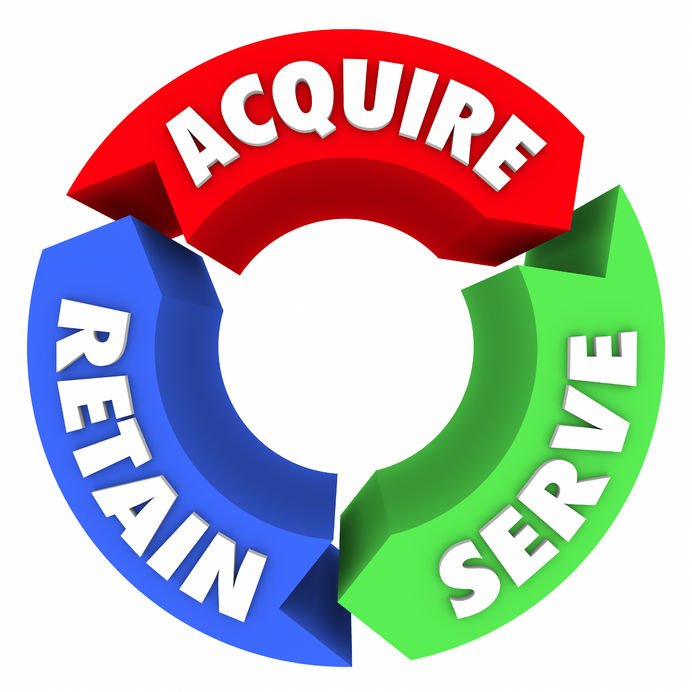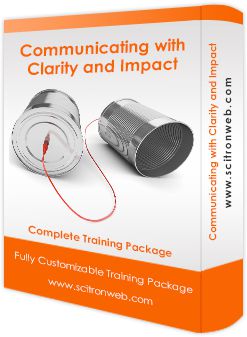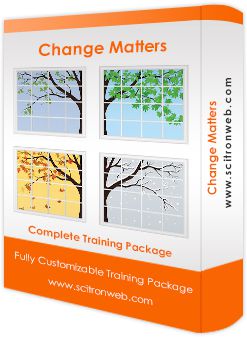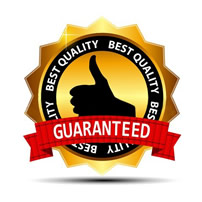A sales cycle is the time from when a salesperson first makes contact with prospect to the moment when a sale is made or finalized. For example, if a copier sales rep makes a cold call from a list of prospects and reaches one, that is the start of the sales cycle. When she finalizes the deal and makes delivery of the copier that is the end of the sales cycle. The time in between the initial cold call and delivery is the sales cycle.

How long should a sales cycle be?
That is a question that cannot be answered without including dozens of other variables. A sales cycle could be one day, or it could be one year or more, it all depends on the industry, the market, the individuals involved, and dozens of other factors.
As a general rule, the larger the deal or the more complicated the product or service, the longer the sales cycle will be. A tire salesman selling tires could go through multiple sales cycles a day, whereas a firm engaged in say, million dollar deals with the government, will face many more challenges, including tendering
to RFPs (request for proposals), sales presentations, and reports; a sales cycle like this could last for months or even years.
It is a goal of many sales organizations and many sales people from enhancing their selling skills to move propects through sales cycles as quick as possible. The more efficient the sales cycle, the more prospects will go through, the more sales that will be made. More sales equals more revenue. Thus, an efficient sales cycle provides benefits for the organization and many organizations provide sales training for their staff to help them improve their own personal sales cycle with their clients and prospects.




















